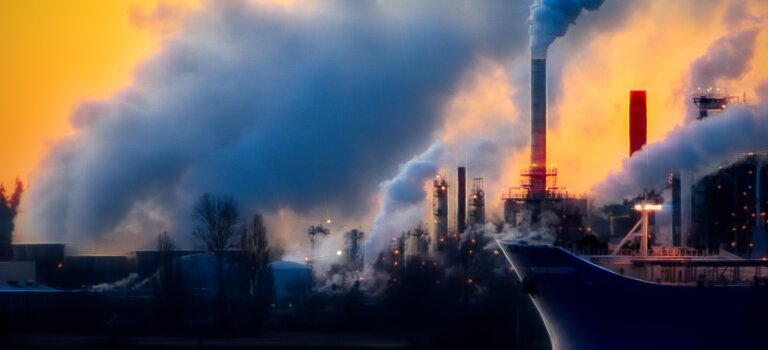Global warming has presented another issue called climate change. Sometimes these phrases are used interchangeably, however, they are different. Climate change refers to changes in weather patterns and growing seasons around the world. It also refers to sea level rise caused by the expansion of warmer seas and melting ice sheets and glaciers. Global warming causes climate change, which poses a serious threat to life on Earth in the forms of widespread flooding and extreme weather. Scientists continue to study global warming and its impact on Earth.

overview
Multiple independent instrumental datasets show that the climate system is warming. The 2011–2020 decade warmed to an average 1.09 °C [0.95–1.20 °C] compared to the pre-industrial baseline (1850–1900). Surface temperatures are rising by about 0.2 °C per decade, with 2020 reaching a temperature of 1.2 °C above the pre-industrial era. Since 1950, the number of cold days and nights has decreased, and the number of warm days and nights has increased.
There was little net warming between the 18th century and the mid-19th century. Climate information for that period comes from climate proxies, such as trees and ice cores. Thermometer records began to provide global coverage around 1850. Historical patterns of warming and cooling, like the Medieval Climate Anomaly and the Little Ice Age, did not occur at the same time across different regions. Temperatures may have reached as high as those of the late-20th century in a limited set of regions. There have been prehistorical episodes of global warming, such as the Paleocene–Eocene Thermal Maximum.
what is global warming
Global warming is the long-term warming of the planet’s overall temperature. Though this warming trend has been going on for a long time, its pace has significantly increased in the last hundred years due to the burning of fossil fuels.
Causes of global warming
When we drink a glass of water, write in a notebook, take medicine for a fever or build a house, we do not always make the connection with forests. And yet, these and many other aspects of our lives are linked to forests in one way or another.
- 1.Generating power. Generating electricity and heat by burning fossil 2.fuels causes a large chunk of global emissions.
- 3.Manufacturing goods.
- 4.Cutting down forests.
- 5.Using transportation.
- 6.Producing food.
- 7.Powering buildings.
- 8.Consuming too much.

Eating meat too much
The meat industry is responsible for a large share of global greenhouse gas emissions. It contributes not only to global warming but also causes direct environmental pollution. People who eat a lot of meat can help fight the climate crisis by reducing or quitting meat consumption altogether.
Solution of global warming
What are the solutions to climate change?
- 1.Keep fossil fuels in the ground.
- 2.Invest in renewable energy.
- 3.Switch to sustainable transport.
- 4.Help us keep our homes cosy.
- 5.Improve farming and encourage vegan diets.
- 6.Restore nature to absorb more carbon.
- 7.Protect forests like the Amazon.
According to a US report, the sea level will increase by 2050. Due to which many cities and islands situated on the shores of the sea will get absorbed in the water. By 2050, 50% of jobs will also be lost because robots will be doing most of the work at that time. Let us tell you that 2050 will be a challenge to death.
Eating less meat can help reduce pressure on forests and land used to grow animal feed, which in turn protects biodiversity, the earth’s ecosystems, and people living in poverty who are bearing the brunt of climate change. Eating less meat means eating foods that are plant-based rather than those that are animal-based.
consuming less meat mean that farmers wouldn’t produce food for growing animals ,which require a lot of water and grains so not to eating meat could help humans to live a resourceful life for a long time unless we have develop advance technology.
